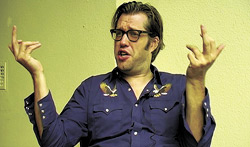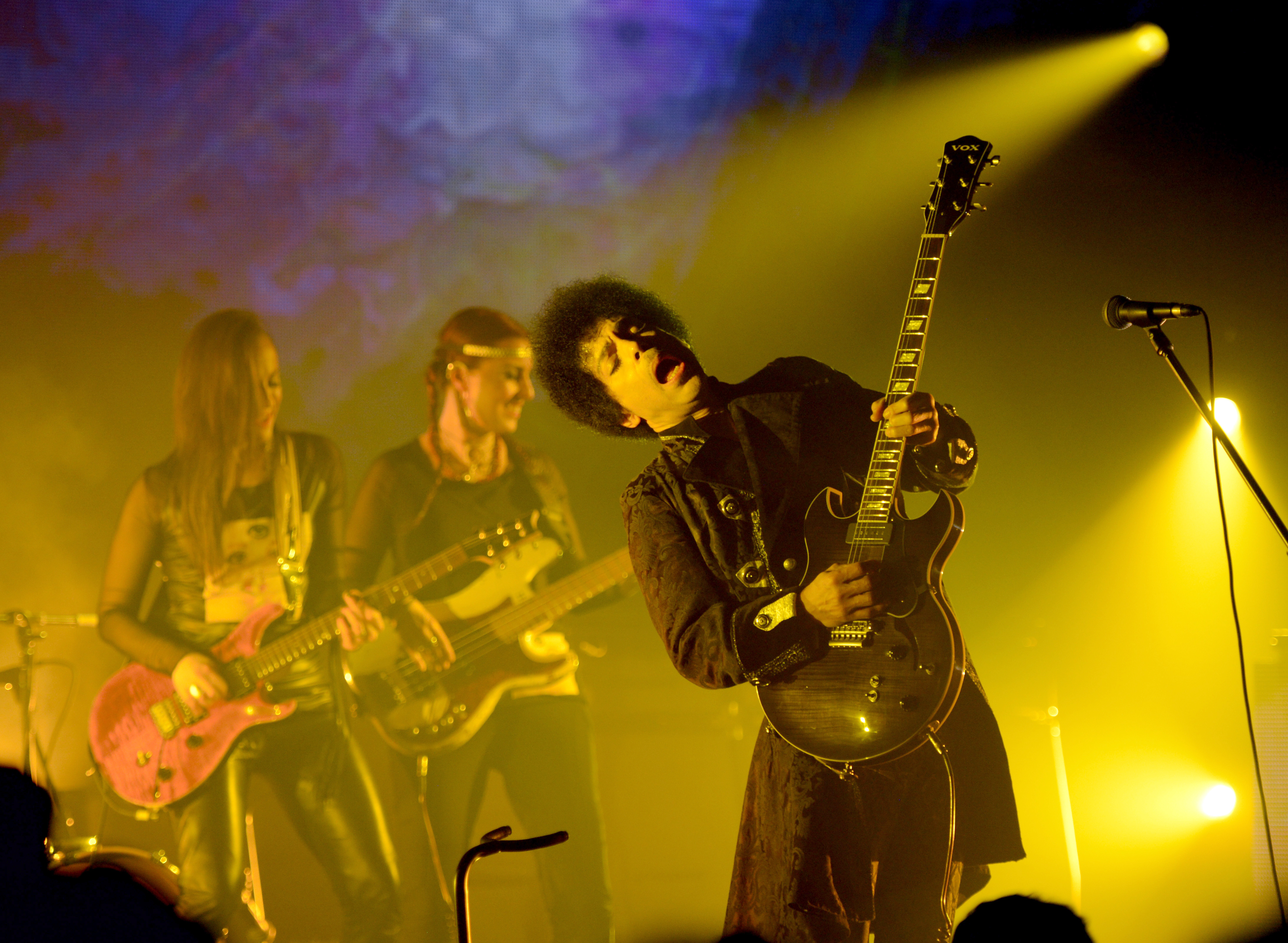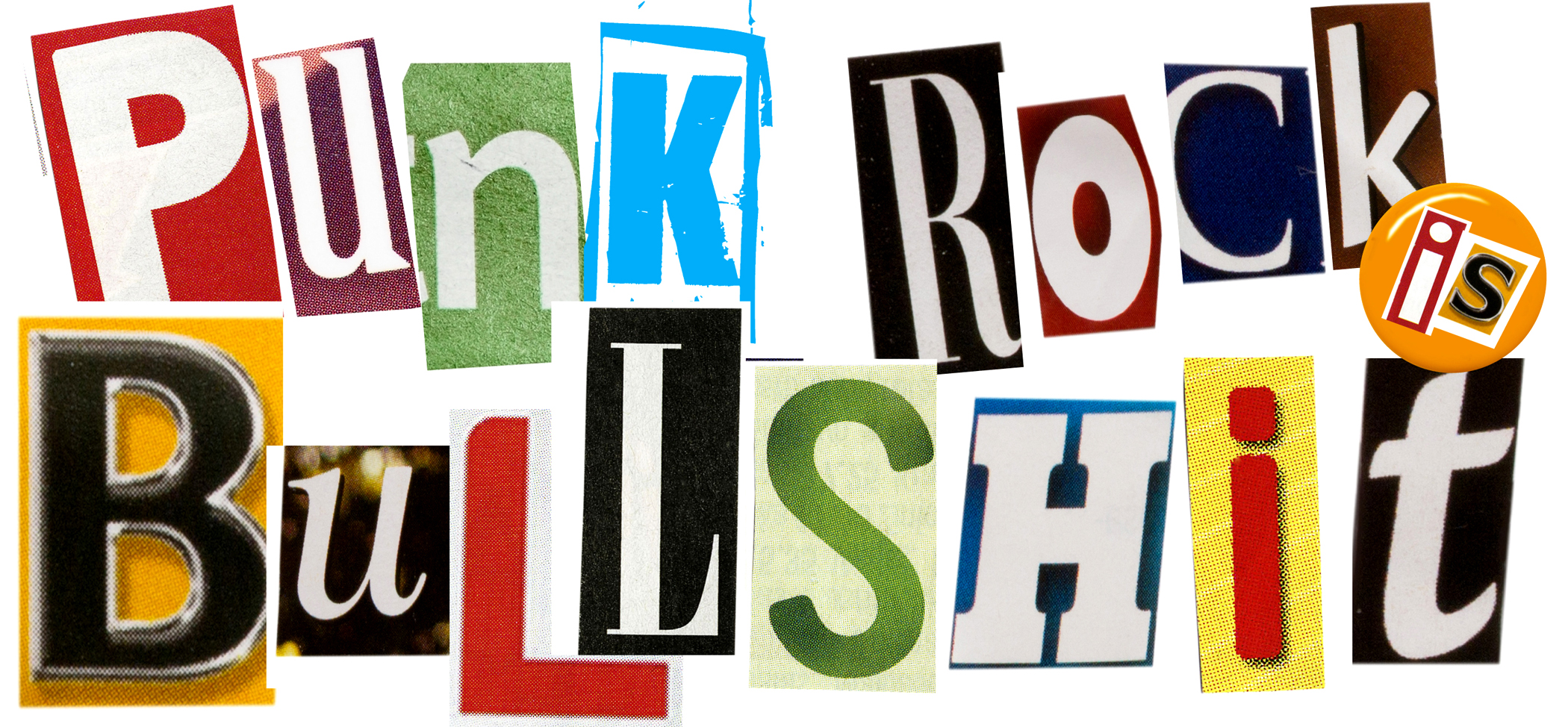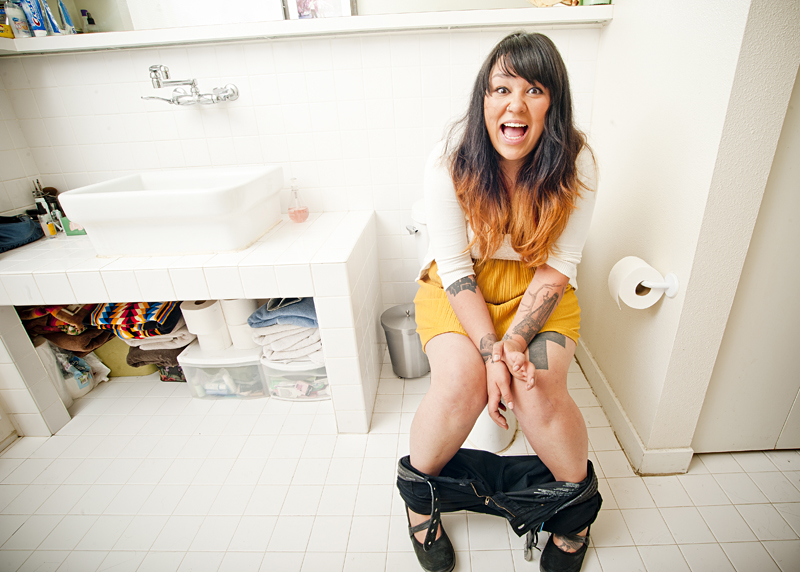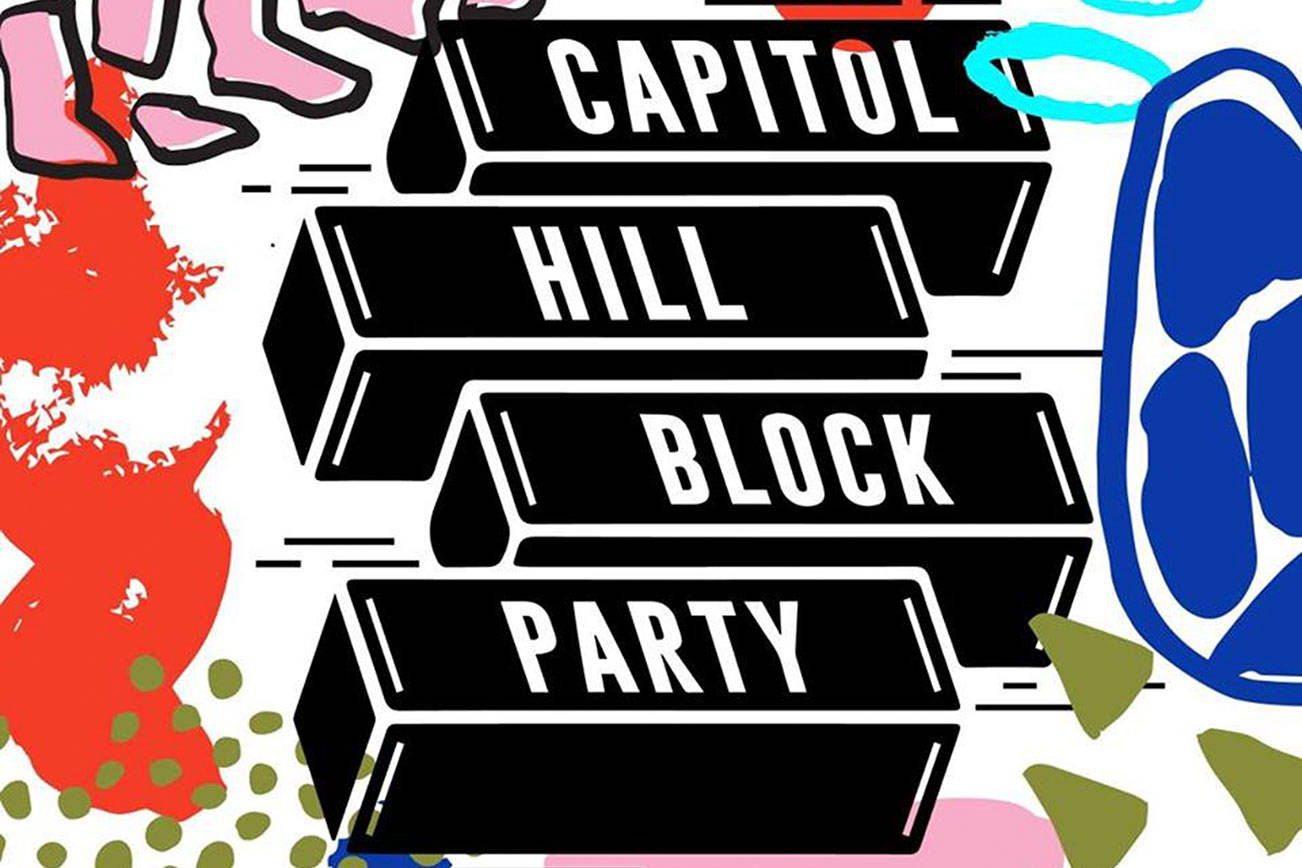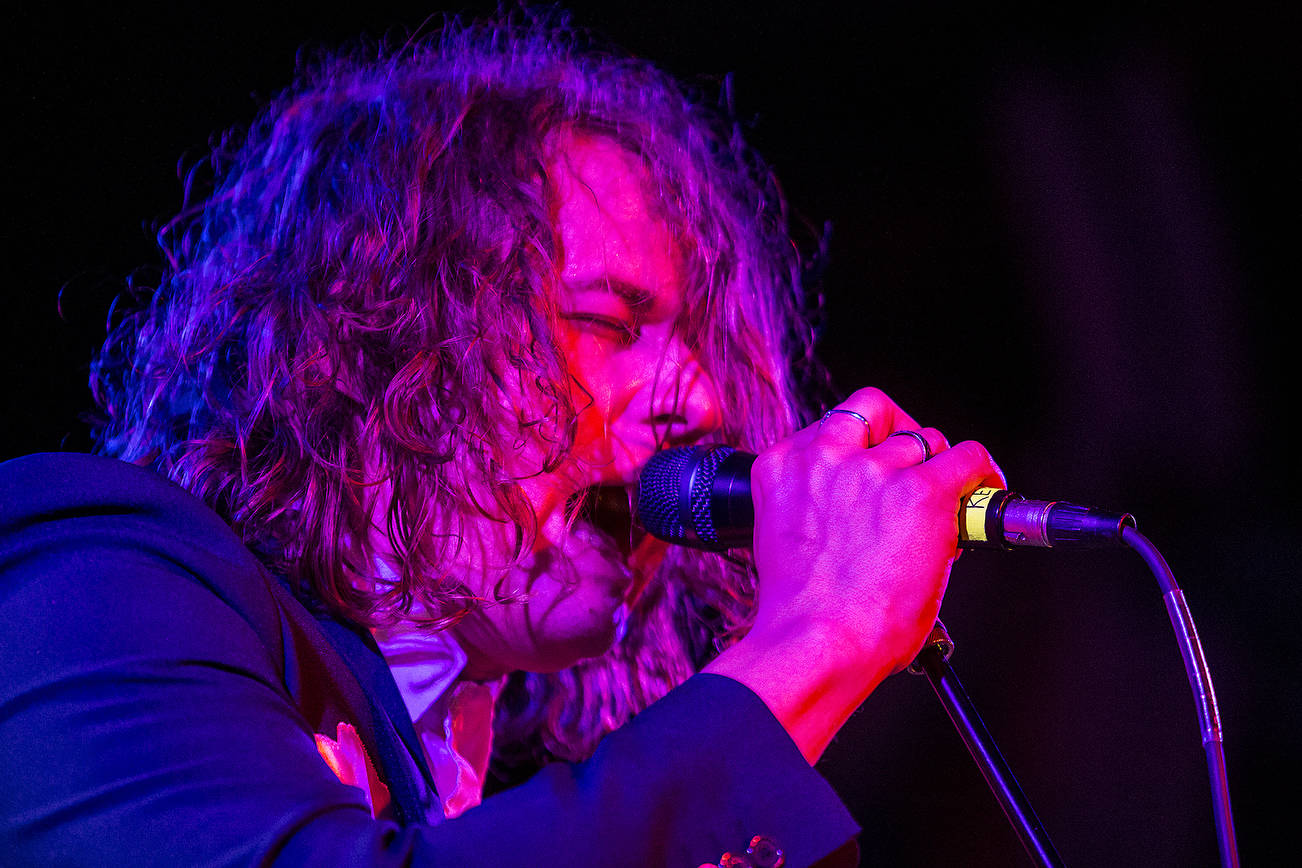I took the train down to Portland over the weekend to play a variety show called Live Wire, broadcast on Oregon Public Radio. The show is like A Prairie Home Companion, if you replaced the laconic Midwestern drollery with a socks-and-sandals Oregon sense of absurdity. It was unpretentious and fun, and it really set me thinking about Seattle’s character and how a few small changes, however unlikely, could make this city a much more livable and enjoyable place.
Before I start, let me just say that no one hates reading “What Seattle can learn from Portland” lectures more than I do. Portland, despite its charm, has 1,000 percent more mimes, jugglers, and crusty potters than any city outside of Germany, and this fact permanently disqualifies Portland from teaching any civics lessons or from standing as an example of responsible growth. Until they fumigate their city of all its jugglers, it will only be possible to appreciate their example by piecemeal.
Still, it is an undeniably nice small town, all the more impressive for having been formerly—within recent memory—a totally scary left-coast wreck. It was only a few years ago that you practically had to wade through junkie prostitutes just to get your chain-mail fitted at the renaissance smithery, and the only interesting thing about the city was the curious abundance of punk-rock/hippie chicks who dressed like a cross between Minnie Pearl and Tank Girl that you could find nowhere else in the world. Except for Germany.
Fast-forward to now, and Portland feels like an Epcot futureland, where people are home-brewing biodiesel from bat guano and kiwi fruit, plucking banjos made from old PC circuit boards, and eating nuclear waste and shitting diamonds. The 50 years of benign neglect that once threatened to destroy the city under a carpet of moss now looks like a brilliant master plan to deliver an intact 19th-century city to a 21st-century population of preservationists, recyclers, and fixer-uppers.
In contrast, our fair Jet City has much to be sorry about. Throughout the 20th century, as Portland was tending her weeds and listening to mice scurry around the attic, Seattle was busily and industriously leaping from one ill-conceived reinvention to the next. No giant earth-moving project was too farfetched, no architectural treasure was too beautiful to be destroyed. Seattle once had a fabulous Beaux-Arts Carnegie library on Fourth Avenue, a grand and stately edifice dating from 1906, which was demolished in 1957 to be replaced by the “internationalist” rat’s-warren of escalators and windowless corridors that stood there until 2001, when that too was demolished to make way for the already-decaying spaceport-of-a-small-planet-where-it-rains-all-June we have now. Portland just held on to their gorgeous Georgian library from 1903. Maybe they pressure-washed it a couple of times. There are thousands of similar examples in which Seattle’s ambition and bully-bully civic boosterism rushed us into destroying and remaking the landscape to match the latest fancy, depriving us of our old theaters, our streetcars, our neighborhoods of grand mansions, and in the process our heart and soul.
I’m not writing this to bemoan our infrastructural deficits, nor to sit shiva over our cultural patrimony. What is lost is lost. Whatever combination of Scandinavian sailor’s hubris, Yankee mercantilism, and Southern post-Reconstruction inferiority complex drives this city to overachieve, the fact is that our decision-making process is still being affected, and we are still making irreparable mistakes. I believe that two examples will suffice to make my point, neither of which is irreversible. We still have the opportunity to make good choices. A day trip to Portland should be enough to convince anyone that there’s no magic to making a city livable, you just have to get out of the way. We’ve already rid ourselves of mimes and jugglers; let’s take a look at what else can go.
Firstly, our Liquor Control Board is out of control. I don’t know what quirk of city government invests them with so much unchecked power, but their Talibanic ways do more cultural damage than if it rained drunk frogs for a year, and I say that as a nondrinker. The newspapers are full of the Liquor Control Board’s triumphant adventures, busting clubs, fining bartenders, setting up elaborate minor-with-alcohol stings, cracking down on teen dances, breaking old ladies’ kneecaps, and enforcing Seattle’s already-draconian policies with unwavering zeal. My God, can’t they lighten up? Whatever massive damage our culture would sustain if a 20-year-old managed to sneak into a bar and drink a five-dollar beer, it can’t possibly be worse than the damage incurred by forcing people in their 40s and 50s to suffer the indignity of being ID’d like penitentiary visitors every time they visit a club.
This kind of paternalism, this fascination and obsession with rules and regulations to the exclusion of all other considerations, adds a small and unnecessary unpleasantness to every single outing. Adults, who make up the overwhelming majority of clubgoers, get treated like errant children just so a few errant children won’t mistakenly get treated like adults.
This past Saturday I stood outside a Portland bar talking to a guy who was casually drinking a beer. I asked him if it was legal in Portland to drink a beer on the sidewalk in front of a bar, and he shrugged “No” like it was a stupid question. I was ashamed, because it is a stupid question. Of course it’s not legal, but it’s not a big deal either. Unfortunately, in Seattle he’d have been on the ground in a headlock with two guys standing over him shouting into walkie-talkies. The Liquor Control Board must have too many paid employees to be wasting everyone’s time and energy this way. May I suggest that they be downsized and that two-thirds of them be given more life-affirming jobs, like cheesemongers, Female Body Inspectors, or electronica DJs.
The second issue on the table is the new light-rail system. I come not to praise Sound Transit, but to bury it. As thrilled as I am that a train is finally going to run between the airport and downtown, there are two ominous signs that indicate the city is entirely missing the point of light rail. First, all along the length of MLK, innumerable side streets which once permitted drivers to turn onto MLK in either direction have been converted to right-turn-only. This is because the light rail has been elevated and cordoned off from the street-level traffic, essentially creating an impassable median along the boulevard’s length, except in designated turn lanes. It may seem like a small inconvenience to be forced into a right turn in order to U-turn at the next designated turn lane, but this inconvenience is just one example of how the light rail has been divorced from the street. The unavoidably paternalistic message is that Seattle drivers are too incompetent, stupid, or blind to navigate around a gigantic train that runs every 15 minutes without being crushed beneath its wheels. The train is elevated and segregated from traffic for our own protection; it employs giant concrete flyovers to navigate intersections; and it must tunnel under the city lest the mentally-challenged drivers of Seattle have to make a sudden choice between applying their brakes or being cut into three parts.
Why is this so hard for us? There are light-rail systems in hundreds of cities around the world where the trains share the streets with cars and pedestrians, and people somehow manage to get to work and back without being mown down. Trains can be human-scale, appealing, and fun to ride. They can be installed relatively cheaply, and can turn on a short radius and go down narrow streets—and consequently can travel even where buses can’t. Trains are awesome precisely because they don’t sit on a pedestal. If the city wanted to put the light rail on a pedestal, they should have built the freaking monorail.
The paternalism along MLK is just the start of a far-worse project to route these pleasing and long-awaited trains through a gigantic tunnel under Capitol Hill, a tunnel which will cost a billion dollars, take years to construct, result in only one usable station between downtown and the University District, and destroy a city block’s worth of businesses along Broadway (although thank God that Jack in the Box is gone). It is a design which emphasizes everything that is exactly the opposite of what light rail is good for. It is a civil engineer’s wet dream, but it does the citizens of Seattle a tremendous disservice. An elegant and effective form of public transit is destined to be an unloved and underused white elephant.
If the light rail instead ran down Eastlake Way to the University District it could be built for a hundredth the cost, serve thousands more people, and be built in a tenth the time. Who designed this boondoggle? I don’t want to sound like a Lynn-wood redneck, but the current design is pure craziness. Run the light rail down Eastlake, and then build some nice trolleys like Paul Allen’s S.L.U.T. to run up and down Pike/Pine and Olive Way, and down Broadway and 15th.
Our city leaders have had grandiose, imperial ambitions for a hundred years; they’ve cut channels, washed away hills, and engineered this city into their image of modernity. The city’s future lies in a much humbler direction: livable neighborhoods, walkable streets, sustainable energy, and human-scale mass transit. I like Portland, but I love Seattle and I want the best for it.
